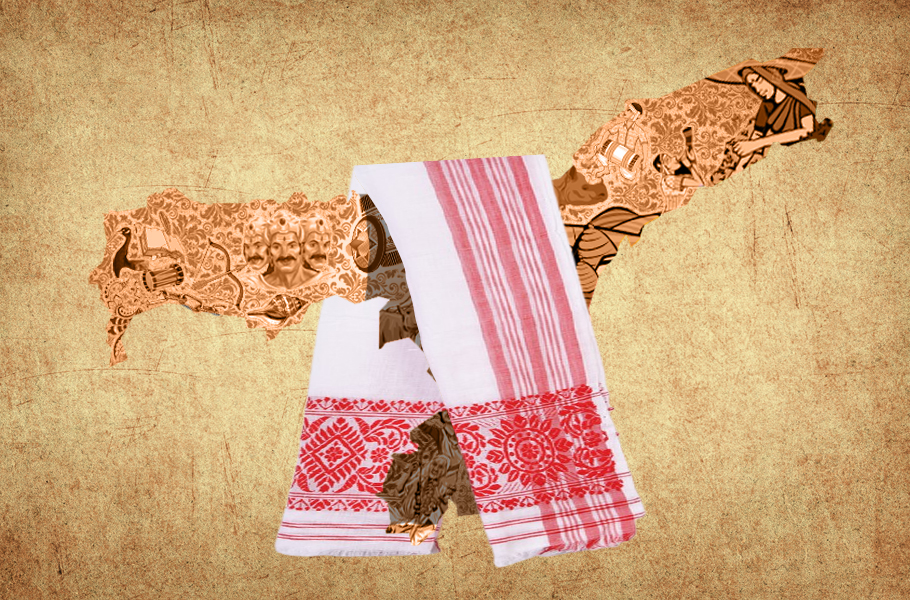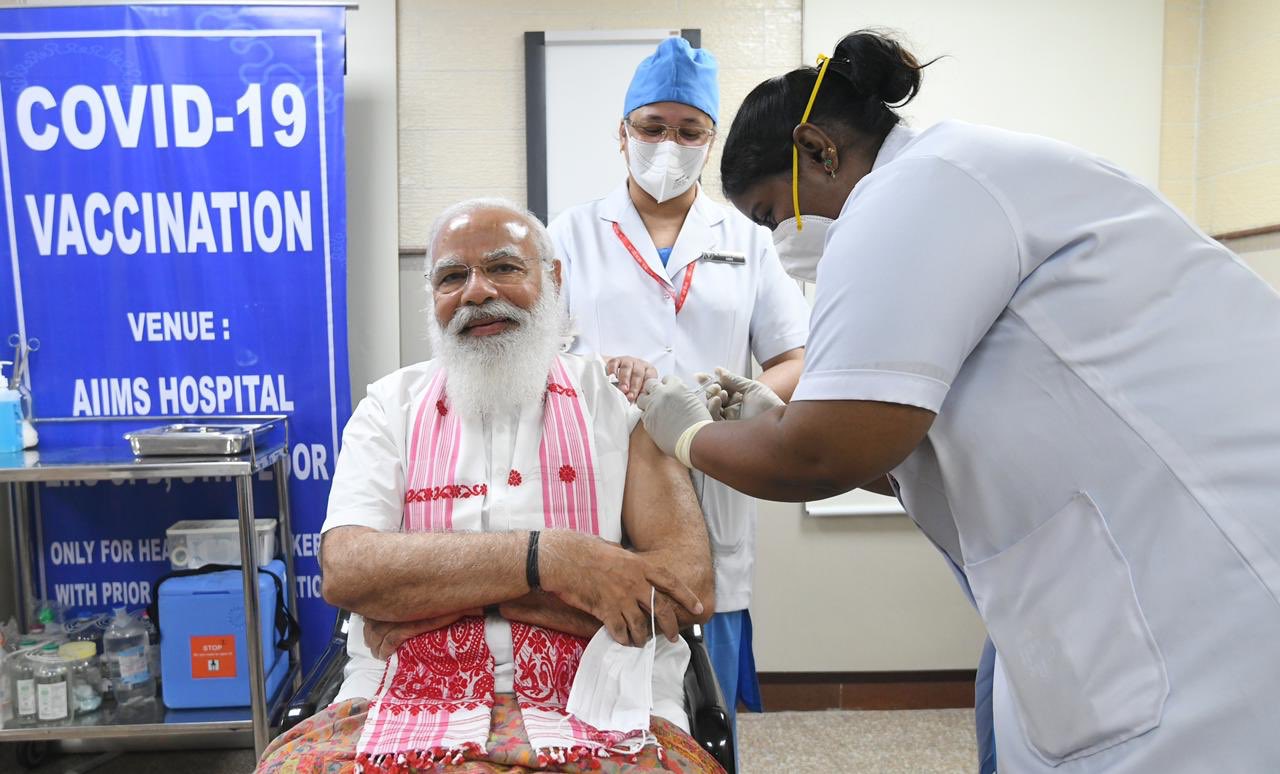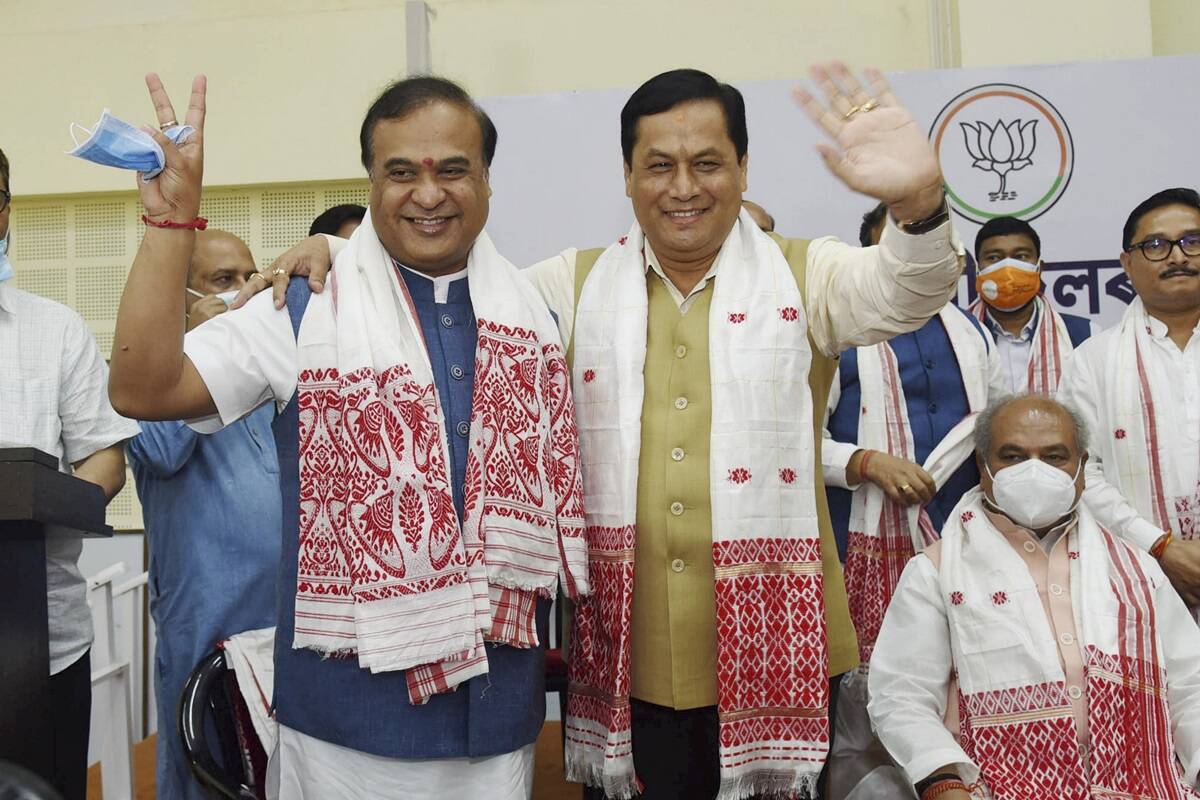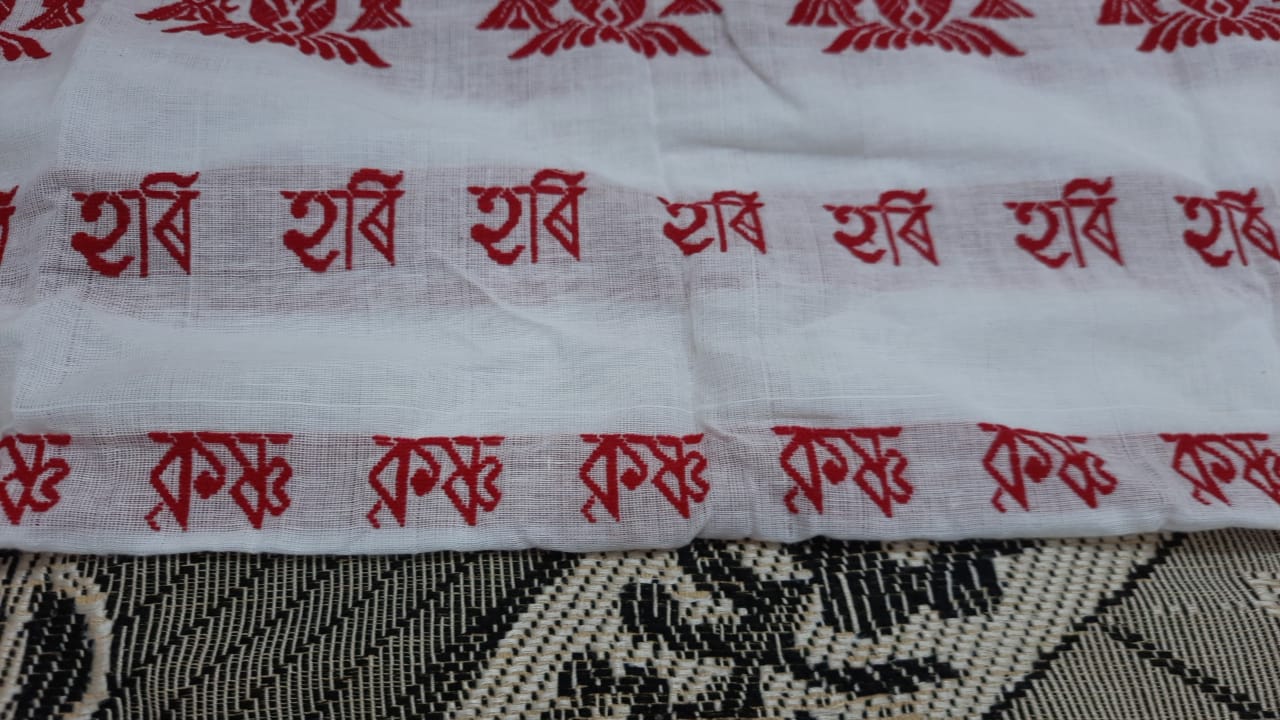
- Home
- India
- World
- Premium
- THE FEDERAL SPECIAL
- Analysis
- States
- Perspective
- Videos
- Sports
- Education
- Entertainment
- Elections
- Features
- Health
- Business
- Series
- In memoriam: Sheikh Mujibur Rahman
- Bishnoi's Men
- NEET TANGLE
- Economy Series
- Earth Day
- Kashmir’s Frozen Turbulence
- India@75
- The legend of Ramjanmabhoomi
- Liberalisation@30
- How to tame a dragon
- Celebrating biodiversity
- Farm Matters
- 50 days of solitude
- Bringing Migrants Home
- Budget 2020
- Jharkhand Votes
- The Federal Investigates
- The Federal Impact
- Vanishing Sand
- Gandhi @ 150
- Andhra Today
- Field report
- Operation Gulmarg
- Pandemic @1 Mn in India
- The Federal Year-End
- The Zero Year
- Science
- Brand studio
- Newsletter
- Elections 2024
- Events
- Home
- IndiaIndia
- World
- Analysis
- StatesStates
- PerspectivePerspective
- VideosVideos
- Sports
- Education
- Entertainment
- ElectionsElections
- Features
- Health
- BusinessBusiness
- Premium
- Loading...
Premium - Events

Machine-made spin to Assamese gamusa wiping out traditional values
The presence of the machine-made distorted version of the gamusa in the market only proves that the politics over the textile artefact is only empty rhetoric, bereft of any real desire to safeguard the traditional variant.

When it comes to symbolic significance, no artefact in Assam can beat the gamusa—a white rectangular piece of cloth with red border on three sides and woven patterns or motifs of the same colour on the other. A symbol of Assamese culture, it literally means towel or a piece of cloth to wipe the body—ga (body), musa (wipe). The gamusa (also spelt as gamosa), nevertheless, has...
When it comes to symbolic significance, no artefact in Assam can beat the gamusa—a white rectangular piece of cloth with red border on three sides and woven patterns or motifs of the same colour on the other.
A symbol of Assamese culture, it literally means towel or a piece of cloth to wipe the body—ga (body), musa (wipe). The gamusa (also spelt as gamosa), nevertheless, has transcended beyond the mundane to occupy an exalted place.
Unfortunately, its exalted status has failed to translate into economic gains for thousands of families who weave it.
“The cheaper variant imported from other states such as Gujarat and Tamil Nadu are flooding the markets, posing a threat to local artisans,” rued Hiralal Kalita, the secretary of the Sualkuchi Tant Silpa Unnayan Samiti, a weavers’ association.
Sualkuchi, about 35 km from Guwahati, is the textile centre of the state and often referred to as the ‘Manchester of Assam’.
“Unless the machine-made cheaper twins of hand-woven gamusa are weeded out from the markets, it will be very difficult to preserve this dying handloom tradition of the state,” Kalita added.
The situation appears ironic considering that there is no dearth of patronage for the symbol of Assamese pride.
Pride of place
Prime Minister Narendra Modi in his much-talked about interview with Bollywood actor Akshay Kumar ahead of the 2019 Lok Sabha elections even claimed that the hand-woven textile article works as a pain reliever for him.
“I always used to carry an Assamese gamcha (gamusa) while walking long distances, especially in hilly terrains. Whenever there was pain in my legs, I would wrap the gamcha around it for pain relief,” Modi had said, sharing his desi nuska (natural remedy) for good health.

Though not many were aware of this “healing” property of the textile article, the gamusa has been variedly used since the days of Ahom rule in Assam starting from the 13th century to establishment of British rule in 1838.
From covering an altar or religious scripture at the prayer hall, using it as a waistcloth by farmers or a headscarf with a fluffy knot by male dancers during Bihu to welcoming a guest or to gift on auspicious occasions as a mark of respect and honour, a gamusa is truly an ultimate multitasker.
It is also a custom for Assamese Hindus to wear a gamusa around the neck while offering puja.
Political statement
Of late, this beautiful creation by Assamese weavers is also being increasingly used for political messaging.
During the movement against the contentious Citizenship Amendment Bill (CAB) in 2019, the ubiquitous piece of cotton fabric emerged as the powerful symbol of protests.
“Gamusa has become the symbol of our protest with everyone carrying it with pride,” a student leader of Guwahati’s Cotton University, Rahul Bordoloi, was heard saying to the media during the agitation.
Protesters even laid the gamusa on the streets to halt the march of security forces, who would invariably back out to avoid stepping on the piece of revered fabric.
Ahead of the just-concluded Assembly elections, Congress workers in Assam went door-to-door collecting gamusa, a brainchild of its leader Rahul Gandhi to send out an anti-CAA message.
Prime Minister Modi wrapped a gamusa around his neck while taking the first dose of Covid-19 vaccine in March this year, just a month ahead of Assam elections.
While his detractors were quick to point out it was a deliberate ploy to further his poll agenda in election-bound Assam, BJP leaders, including the newly sworn-in Chief Minister Himanta Biswa Sarma, expressed gratitude to their leader for his gesture.
“We feel immensely happy and blessed that Hon PM Sri@narendramodi chose to wear a gamusa while getting his first dose of vaccine at AIIMS. It shows how much he values this symbol of Assamese culture and heritage. Forever in gratitude,” Sarma had tweeted.

The gamusa further dominated the political discourse in Assam in the run-up to the Assembly elections after a police complaint was lodged against AIUDF chief Badruddin Ajmal for allegedly disrespecting it.
Ajmal allegedly flung the gamusa at a person who went to felicitate him with it at an election rally.
“People of Assam saw how their identity and the symbol of the hard work of our Assamese sisters, the gamusa, was publicly disrespected. Everyone who loves Assam is hurt and angry over the action. The Congress and the mahajot [grand alliance] will have to pay a heavy price for this insult,” Modi said at an election rally, slamming Ajmal, who’s AIUDF was part of the Congress-led alliance.
Empty rhetoric
The presence of the machine-made distorted version of the gamusa in the market only proves that the politics over the textile artefact is only empty rhetoric, bereft of any real desire to safeguard the traditional variant.
“The Handloom (Reservation of Articles for Production) Act, 1985, mandates the gamusa and similar traditional items should only be made on handloom. Undermining the existing law, power-loom versions are swamping the market due to lack of administrative will to implement it,” said Ramendra Narayan Kalita, who was Assam’s handloom minister when the central act was enacted.
The traditional Assamese gamusa also got a geographical indication (GI) tag in 2019 for its preservation and protection.
Such measures, however, failed to stop illegal proliferation of its duplicate machine-made versions.
Kalita, who is now an AGP MLA, admitted the urgent need to enforce the law to prevent import of cheaper power-loom made gamusa from outside the state.
A handloom cotton gamusa costs anything around Rs 70-80, whereas a machine made variant is priced at Rs 25-30, said Mukesh Sahani, a cloth merchant at Guwahati’s Fancy Bazar.
Due to the huge variation in cost the people generally opt for the imported variant, causing loss of business to local weavers, pointed out Hiralal Kalita.
The problem is much deeper than the livelihood question, according to Ramendra Narayan Kalita.

A wide array
He pointed out that the traditional specifications in designs and size of gamusa are being randomly altered in the machine, distorting the Assamese culture.
For instance, the standard size of a handloom-woven phulam (floral print) gamusa is 150 cm in length and 70 cm in width so that when draped around the neck its ends fall a few inches below the navel, he added.
This kind of gamocha is offered to show respects to elders, guests and dignitaries in meetings and gatherings.
These little intricate details are not followed in gamusas made on power looms.
Similarly, the motifs too are changed without giving any importance to cultural significance of the designs.
The machine-manufactured gamusas dominating the markets mostly have flower motifs on two sides whereas traditionally this design has a specific purpose.
According to the GI-tag specification, only in the dora boron gamusa (used to welcome the bridegroom) floral designs are used on both sides (between the borders).
“This is because it is believed that the body of lord Bhisnu had both the characteristics of a man and a woman. The right side is for a man and the left for a woman. Floral designs with borders mean the lives of a boy and a girl merging together,” the former minister explained.
The size of this particular gamusa is 175 cm× 70 cm. The dresses sent by a bride’s family to groom must include this dora boron or jor gamusa as per Assamese marriage rituals.
There are similar specifications and customs attached with various types of gamusa made for specific occasions. For instance, the aanakata gamusa is woven for special rituals such as weddings. Only a single piece is weaved at one time and is separated from the loom without cutting the warp yarns. Again, bihuwan gamusa is used during Bihu and gifted as a token of respect. Its size should ideally be 150cm× 70cm. The tioni gamusa is worn as a wraparound or lungi by males. The size of this plain weave is 200cm×100 cm.
There are a number of others such as uka (plain) gamusa, phulam (foral) gamusa, telos gamusa (used during ritualistic bathing ceremony for bride and groom), dora boron or jur (to welcome the groom) and xadharon (everyday) gamusa etc.
It is very important to follow such specifications. Unfortunately, Hiralal Kalita says, such significant details are hardly adhered to. “Nobody really cares to understand the nuances and the real sentiments.”
